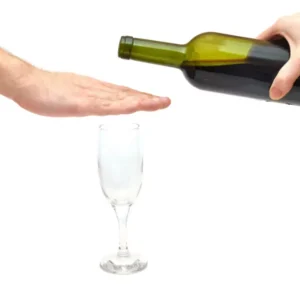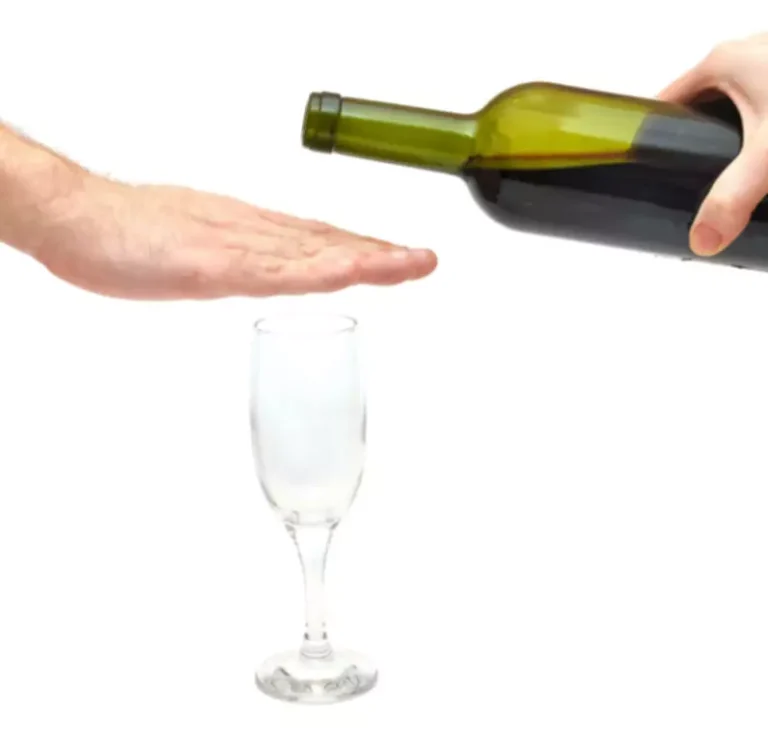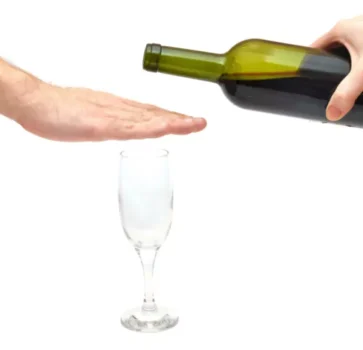The Bank of Japan (BoJ) has a different approach compared to other central banks. Knowing how hawkish policies affect them is key for investors to manage market volatility well. Now let’s take a look at some principles to keep in mind when rates are rising or are about to rise.
- The opposite are a dove and dovish policies, seen as more meek or conservative.
- This can help them make more informed investment decisions and potentially capitalize on opportunities created by shifts in Federal policy.
- For example, if the US Federal Reserve (Fed) is said to be hawkish, it means that they are likely to raise interest rates to combat inflation.
- One important note is that the Federal Funds Rate differs from the Discount Rate.
- Lower rates reduce monthly payments, making it easier for consumers to access credit and stimulate demand for real estate and cars.
- Additionally, prudent financial management practices, such as maintaining adequate cash reserves and managing debt levels, become crucial in a rising interest rate environment.
Join 1,400+ traders and investors discovering the secrets of legendary market wizards in a free weekly email. As you can see from the chart above, the Federal Funds Rate was kept near 0% for about seven years while the US economy recovered. Then for two years, starting in late 2016, the Fed looked for every opportunity to raise the rates to a more ‘normal’ level. This was the only way that they could have something to drop in the future if needed.
This can help them make more informed investment decisions and potentially capitalize on opportunities created by shifts in Federal policy. In contrast, a dovish stance can stimulate economic growth, but there is a risk of inflationary pressures if interest rates remain low for an extended period. Accessible credit encourages investment and spurs spending, facilitating economic recovery. However, lower-for-longer rates can lead to overheating and inflation. The experts at ING Group expected the Bank of Canada to keep the policy rate at 4.5% in the second week of June 2023.
What are the Differences between Hawkish and Dovish Monetary Policies?
You’ll find many a banker “on the fence”, exhibiting both hawkish and dovish tendencies. However, true colors tend to shine when extreme market conditions occur. We really just meant hawks versus doves, central bank hawks versus central bank doves that is. The best type of market for you depends on your individual investment goals and risk tolerance. If you are looking for growth, a dovish market may be a better option.
Interest Rate Chart
Monetary doves are often less concerned about the negative impact these policies could have on inflation. They tend to be more willing to take risks when it comes to monetary policy, focused on immediate economic concerns rather than long-term stability. A monetary hawk definition is a policymaker or economist who is focused on controlling inflation as their primary objective in monetary policy. Hawks generally believe that higher interest rates and tighter monetary policy are necessary to keep inflation in check.
- The best type of market for you depends on your individual investment goals and risk tolerance.
- And much like when Jeff Bezos or Warren Buffett steps to the microphone, everyone listens.
- So, what can you do when you sense hawkish winds blowing in the stock market?
- Hawkish policies will likewise tend to reduce a company’s desire to borrow and invest, as the cost of loans and interest rates on bonds rise.
- This also boosts demand for stocks and raises the equity market’s valuation.
- However, true colors tend to shine when extreme market conditions occur.
- This can be a good time to invest in growth stocks, as they tend to benefit from lower borrowing costs.
Conversely, Hawks prioritize controlling inflation, even if it means higher interest rates and slower economic growth. The pros of a dovish Federal policy are that it is designed to help stimulate economic growth. By lowering interest rates and increasing the money supply, businesses can more easily borrow money and invest in new projects.
This will lead to job creation and increased consumer spending, which can help to stimulate economic growth. Hawkish and dovish refer to the monetary policies of the Federal Reserve, which are used to influence the business cycle. A hawkish stance indicates that the Fed may raise interest rates or tighten monetary policy to control inflation and economic growth. These terms are commonly used in the context of central banks and their decision-making processes, particularly in setting interest rates.
However, for long-term investors, such a policy can foster a stable and predictable environment, as it mitigates inflationary risks and preserves price stability. This may ultimately reinforce the resilience of financial institutions and the broader economy. Low interest rates and dovish policies encourage spending and investment, making credit more affordable. This supports demand for housing, cars, and other goods, and provides companies with greater opportunities to expand and invest. For banks, a dovish policy translates to increased lending activity, although lower rates have an adverse effect on profitability.
How to Trade a Dovish Outlook
Higher mortgage rates will also put a damper on the housing market and can cause housing prices to fall in turn. Higher rates on car loans can have a similar effect on the automobile market. Higher interest rates can become deflationary, making prices cheaper.
What is the difference between hawkish and dovish stances?
The choice between hawkish and dovish policies depends on the central bank’s objectives and their assessment of the trade-offs between inflation and economic growth. On the other hand, doves are committed to maintaining low lending rates and prioritize supporting economic growth and reducing unemployment. This is accomplished by lowering interest rates and easing credit conditions. This approach aims to stimulate domestic demand and support business activity, especially in times of crisis. Central bankers should react in a timely manner to changes in the economy and choose an appropriate strategy depending on current conditions. Hawkish and dovish policies can have a significant impact on the stock market.
Alternatively, you can protect yourself by taking advantage of a floating rate ETF or mutual fund designed to take advantage of rising interest rates when they occur. You might also consider Treasury Inflation-Protected Securities (TIPS) to achieve the same goal. Healthcare and utility stocks are also options to consider when the Fed drops rates. They tend to pay steady dividends, which become more enticing in situations that cause the Fed to lower rates. That growth in demand for stability can add share price growth which can combine with the value provided by the dividends themselves for a profitable investment.
Alan Greenspan, who was often portrayed in the media as a hawk was said to have become a dove in the late 1990s when he urged the Federal Open Market Committee not to raise rates. Experts generally recommend keeping 3-6 months’ living expenses in some form of market independent savings. It would be great if investors had a crystal ball to tell them what direction the Fed is going next.
People must pay higher interest rates to borrow money or buy property, which reduces their disposable income. This can lead to a decrease in consumption and slow economic growth even further. The Federal Reserve sets a target rate for federal funds, the rate banks use when loaning money to each other. This affects the prime rate, which banks offer to their best customers.
Dovish markets are characterised by low interest rates and loose monetary policy. This can be a good time to invest in growth stocks, as they tend to benefit from lower borrowing costs. However, dovish markets can also be volatile, as investors worry about inflation and the potential for a recession. Hawkish markets are characterised by high interest rates and tight monetary policy. This can be hawkish definition finance a good time to invest in value stocks, as they tend to do well in a rising interest rate environment.




